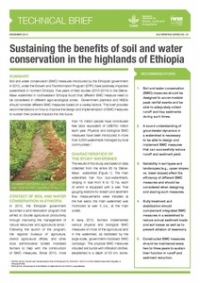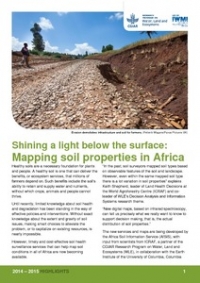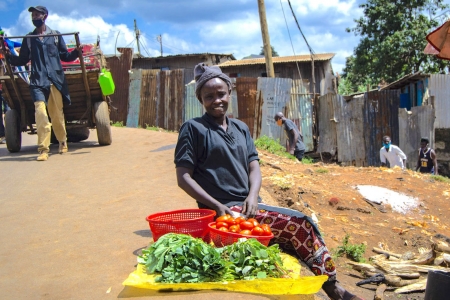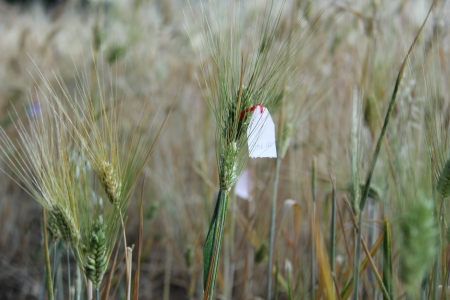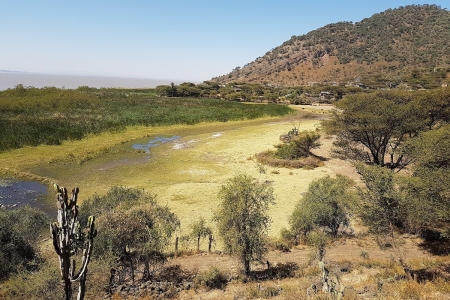Soil erosion and land degradation are major causes of smallholder vulnerability, reducing crop productivity and increasing food security. Accurate information on soil fertility is therefore critical in helping policymakers preserve and rehabilitate key natural resources.
The Ethiopian Soil Information System (EthioSIS), a project launched by the Ethiopian Government’s Agricultural Transformation Agency (ATA) in 2012, is a detailed soil map providing up-to-date soil fertility data. The EthioSIS project gathered and analyzed soil samples from each of the Ethiopia’s 18,000 agricultural kebeles, cataloging over 100,000 soil samples, to develop soil fertility maps and fertilizer recommendations for each region. The information and soil maps were developed using soil infrared spectrometry and remote sensing techniques.
The resultant high quality soil information informs policies, interventions, and recommendations across Ethiopia, particularly those involving fertilizer, land use and degradation, and seed varieties. The Ethiopian Government's generated digital soil maps are now being used to inform fertilizer blending decisions and fertilizer and liming requirements
The CGIAR Research Program on Water, Land and Ecosystems (WLE), through the World Agroforestry Centre (ICRAF), advised EthioSIS on soil sampling, processing and analysis procedures and the establishment of soil laboratories

